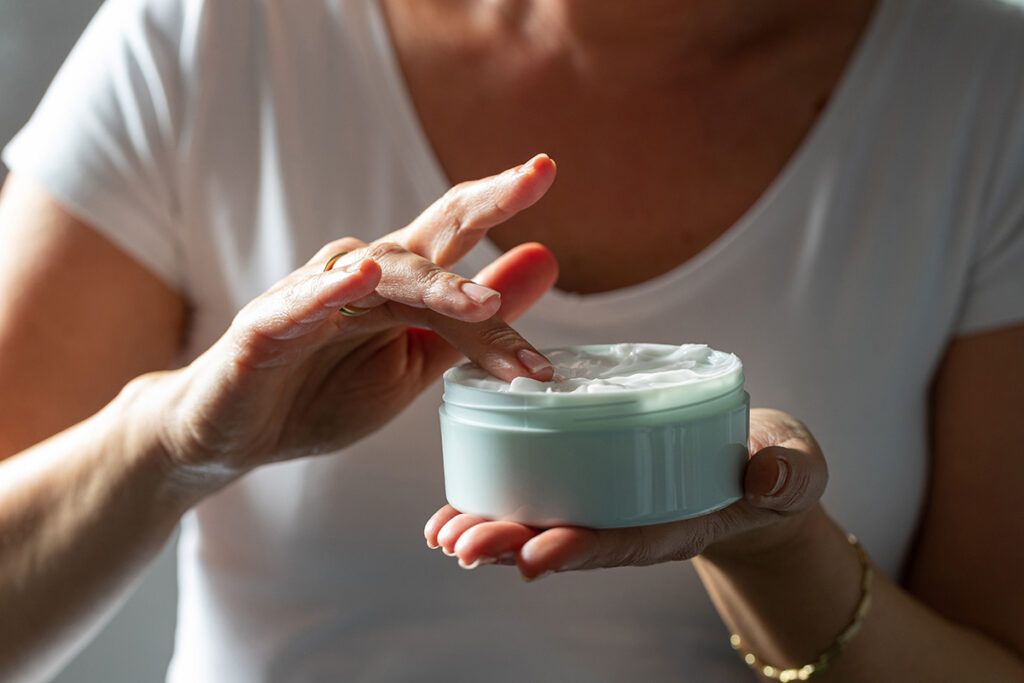Retinoids are chemicals derived from vitamin A that doctors commonly use to treat skin conditions like acne, wrinkles, and sun damage.
Some weaker retinoids, such as retinol, are available over the counter (OTC), but tretinoin is a stronger form that is only available by prescription from a doctor.
Tretinoin is a type of retinoid that comes in topical form (applied on the skin) and oral form (capsules that doctors mainly prescribe to manage a type of leukemia). It can have similar benefits to other retinoids but also possible side effects.
Is tretinoin a retinoid?

Tretinoin is one type of retinoid. It’s also available in branded forms.
Retinoids are derivatives of vitamin A. Retinol is a weaker type of retinoid that is available OTC. Prescription retinoids like retinoic acid are nearly 20 times stronger than retinol.
Tretinoin is a synthetic form of vitamin A. It’s available in a topical form that you apply to your skin and as oral tablets. The topical form is useful in treating mild to severe acne.
Doctors use tretinoin capsules to manage acute promyelocytic leukemia, which is a rare type of cancer affecting the cells in your blood or bone marrow.
Doctors also prescribe tretinoin off label to treat conditions like psoriasis, warts, and stretch marks. Off label means that the drug isn’t Food and Drug Administration (FDA)-approved for use with these conditions, but doctors may still prescribe it as research finds it beneficial.
Topical tretinoin also helps reduce fine wrinkles and sun damage. It comes in cream, gel, and lotion forms and is available under different brand names, such as:
- Altreno
- Atralin
- Avita
- Retin-A
- Refissa
- Renova
Tretinoin works by irritating your skin to promote peeling and unclogging pores in the affected areas. So, if you’re using tretinoin to treat skin conditions like acne, you’ll notice peeling and scaling during the first 7–10 days of using the medication. This can look as if the acne is worsening, but it should get better after this time.
It’s worth noting that tretinoin doesn’t cure these skin conditions but helps manage them. It can take up to 6 months of use before you notice improvement. Research shows some of the benefits of tretinoin, which include:
- reducing the appearance of fine wrinkles
- unclogging pores
- treating and managing mild to severe acne
- reducing sun damage on the skin
- softening and smoothing skin texture
Tretinoin is a prescription medication. So, you should use it exactly as directed by a healthcare professional or dermatologist and apply the right amount the correct number of times per day.
Different types of retinoids
There are six main types of retinoids:
- retinol
- tretinoin (Atralin, Avita,Retin-A, Tretin-X),
- tazarotene (Avage and Tazorac)
- trifarotene (Aklief)
- alitretinoin (Panretin)
- bexarotene (Targretin)
These can come in different formulations of lotions, creams, or gels, and they can vary in strength from 0.005–0.3%.
Retinoids work by increasing the speed with which skin cells divide and regenerate. Because retinoids have a higher concentration of active ingredients, such as retinoic acid, than retinol, their effects are generally faster.
Retinoids can also stimulate the formation of new blood vessels on the skin, as well as the production of collagen.
If you need help covering the cost of medications, the free Optum Perks Discount Card could help you save up to 80% on prescription drugs. Follow the links on drug names for savings on that medication, or search for a specific drug here.
